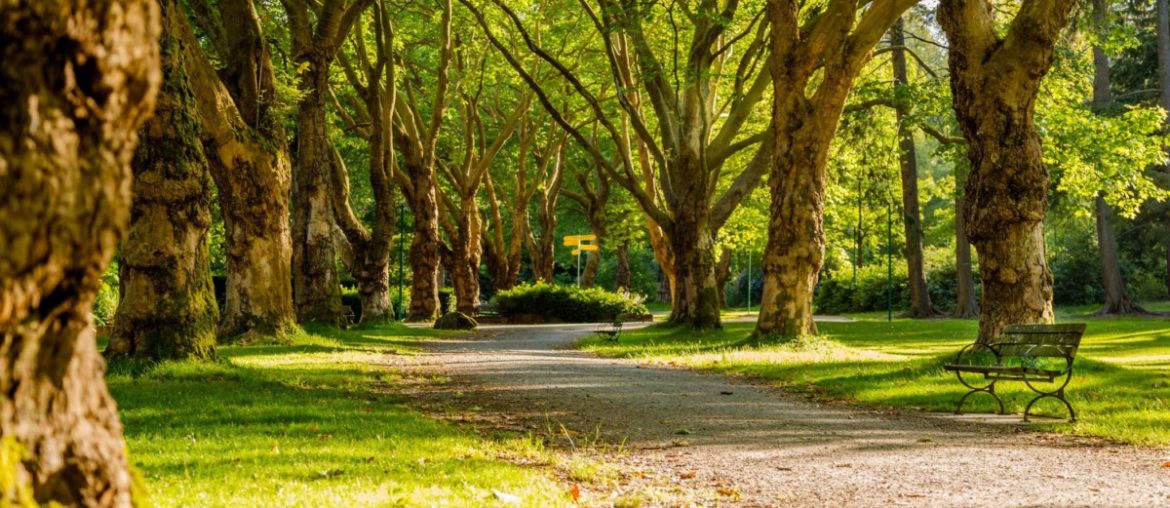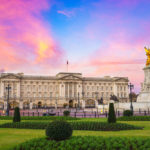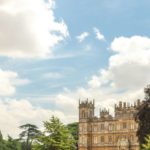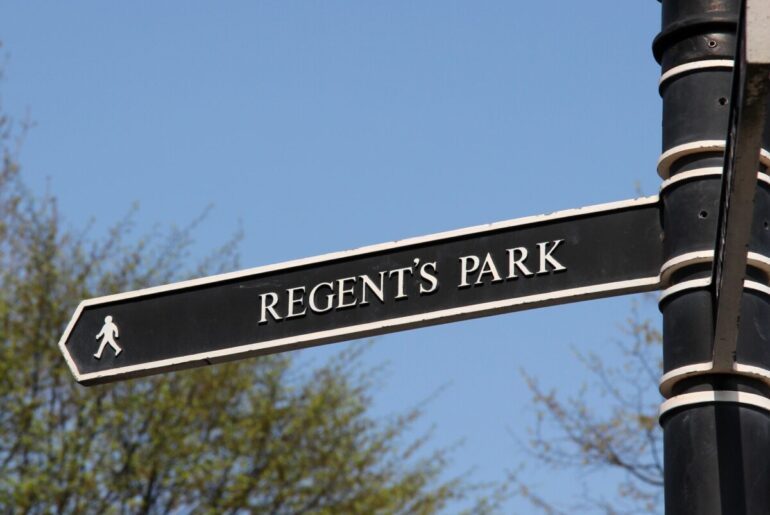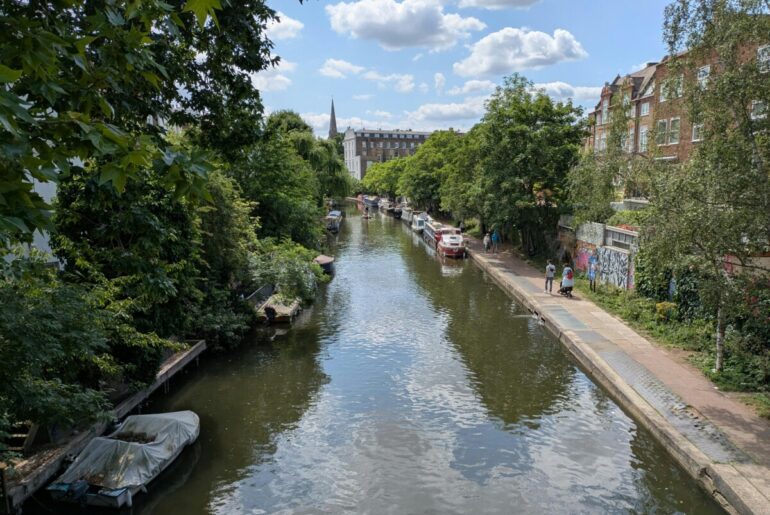London may be a metropolis brimming with historical architectural gems, a mammoth transport network, and looming skyscrapers. But it’s also bursting with green spaces. Last year, the Capital became the world’s first ‘Natural Park City’.
Our green spaces aren’t just beautiful. They all have a story, and not just humans make the most of them. Whether you want to escape outdoors for a picnic or learn something new about the City, here are some of the most popular and lesser-known green spaces and ancient woods you need to visit.
What are the beautiful ancient woods and parks to have a walk in London? We recommend:
- Epping Forest
- Chiswick House Gardens
- Battersea Park
- Abbey Park Cemetery
- Primrose Hill
- King’s Wood
- Highgate Wood
- Queen’s Wood
- Sydenham Hill Wood
- Oxleas Wood
- Hampstead Heath
- Richmond Park
- Greenwich Park
- Regent’s Park
- Victoria Park
We tell you more in this article!
Epping Forest
We’ve discussed green spaces for relaxation, views, British culture and wildlife. Now let’s talk about a place where history meets unspoiled nature in the Capital. While parts of Epping Forest have been developed or cut through, much of its 6,000 acres of land has remained free to flourish without intervention for centuries.
It’s home to the UK’s largest population of stag beetles, plus deer, rare fungi and ancient trees. It was also once a hideout for Dick Turpin, one of Britain’s most notorious 18th-century criminals.
Chiswick House Gardens
The 17th-century Chiswick House is a visual delight. But if you’re more of an outdoors person, you’ll probably prefer trekking around the perfectly manicured gardens noted for their Atlantic blue cedar trees. Relish nature from the waterfront by walking by the grounds’ canal. If you’re lucky, you might spot one or two parakeets that give the place a slightly tropical feel.
Battersea Park
The refined grounds of Chiswick House offer a glimpse into aristocratic life in Britain back in the day. But if you want a green space that’s quintessentially British in just about every way, head over to Battersea Park. This 200-acre parkland contains blowing greens, playing fields, memorials, and bandstands. There’s also a lake dotted with islands and a protected wild woodland area.
Abbey Park Cemetery
If a bit of biodiversity is what you’re after, we recommend heading to Abbey Park Cemetery, an old burial ground for church dissenters. Stay with us here. As eerie as it sounds at first, the site hasn’t been used since 1970, allowing it to flourish as a natural environment. Here, you’ll find some of Britain’s rarest insects, birds, plants, and fungi – right in the heart of its largest city.
Primrose Hill
Primrose Hill, although not devoid of wildlife, may not be London’s best green space for biodiversity. Still, nothing quite beats the view of an expansive, illuminated public park backdropped by the astonishing city skyline. The view is so astonishing that it’s protected by law, as it has been since 1938.
King’s Wood
Let’s conclude our list with one more ancient forest, whose recorded history dates back to 1086, when the Domesday Book was compiled. Even more impressive is that evidence of Iron Age infrastructure has been found in this 147-acre green space in the London Borough of Croydon.
Although it was plundered slightly for its timber during WWII, the size of the forest has remained relatively unchanged since Tudor times. It’s a fantastic place to enjoy some serenity while walking in the footsteps of our ancient ancestors.
More ancient and popular woodlands and green areas in London for hiking lovers:
- Highgate Wood: Located in North London, this 28-hectare ancient woodland is managed by the City of London Corporation and offers a rich biodiversity.
- Queen’s Wood: Adjacent to Highgate Wood, this 21-hectare site is a remnant of the ancient Forest of Middlesex.
- Sydenham Hill Wood: Situated in South London, this wood is managed by the London Wildlife Trust and features a mix of ancient woodland and Victorian garden remnants.
- Oxleas Wood: Located in Southeast London, this 77-hectare ancient woodland is known for its diverse tree species.
- Hampstead Heath: Covering 790 acres, Hampstead Heath is an ancient heath in London, encompassing woodlands, meadows, and ponds. It’s known for Parliament Hill, with panoramic views of the city skyline.
- Richmond Park: As London’s largest Royal Park, it spans 2,500 acres and is home to herds of red and fallow deer.
- Greenwich Park: This 74-hectare park is one of southeast London’s largest single green spaces. It offers a mix of 17th-century landscape, stunning gardens, and a rich history dating back to Roman times.
- Regent’s Park: Designed by John Nash in the 1810s, Regent’s Park spans 197 hectares and features formal gardens, a boating lake, playgrounds, and the Open Air Theatre.
- Victoria Park: Also called the “People’s Park,” Victoria Park in East London covers 86 hectares and is one of the city’s most visited green spaces.
If you’re prepared to venture outside the capital to explore some of the UK’s best green spaces, check out our beautiful tour of Warwick Castle and the Cotswolds. You’ll get to experience that quintessential British countryside for yourself.

